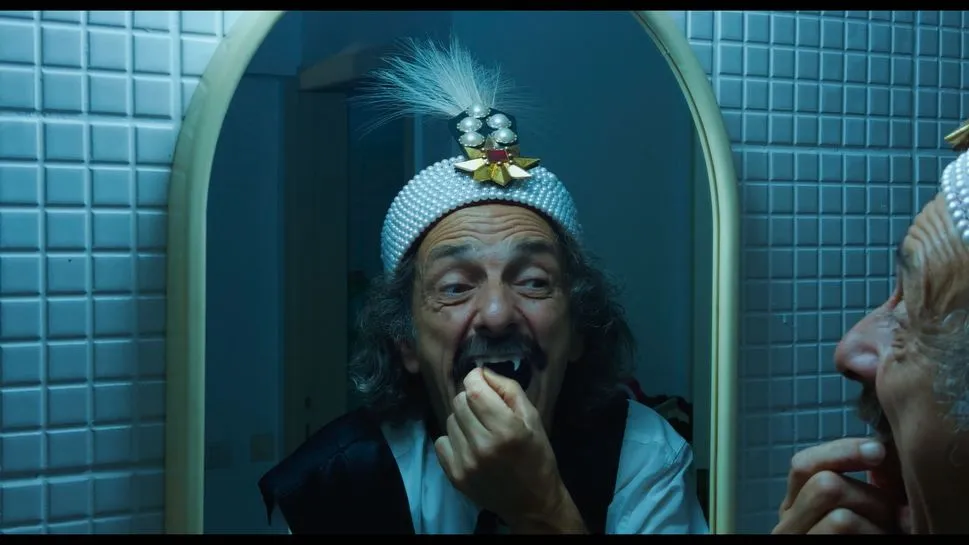Copyright TIME

In most stories, this is where the author would make a pat remark like “and that’s the point.” This is not that story, because Jude, following up his sublimely vulgar 2024 opus Do Not Expect Too Much From The End Of The World while waiting out the days ahead of the release of his next movie, Kontinental ‘75, had no such pretense in mind using AI to realize chunks of Dracula’s colossal 170 minute running time. Like tripods and lenses and cameras, AI served a purpose in the film’s production other than “cultural lightning rod.” Of course, in notices from the Locarno Film Festival, where it premiered in August, as well as festival screenings from Busan to New York, AI proved a subject of heavy scrutiny. “I never thought, for one second, that it was going to be an important issue,” Jude casually admits in a recent discussion with TIME. “I think it's because [the Romanian] film industry, if you want to call it that, is so small that the stakes are so low, financially speaking, that nobody feels threatened, because there’s nothing to lose.” Put bluntly (but complimentarily): there’s a lot of movie here. That’s one of Jude’s calling cards of late: distended running times that fall in sync with his all-encompassing eye as a storyteller. Dracula is firmly of a piece with his proclivities, as a filmmaker, to offer social and political critiques issued through character studies. Unlike Do Not Expect Too Much from the End of the World or Bad Luck Banging or Loony Porn, though, Dracula lacks a true lead character—an effect of the film’s anthology format that ultimately cedes space to Jude’s AI imagery. It’s a stretch to call AI the “star” of the movie. Nonetheless, its presence is felt, and that’s the point. Ugly sentiments deserve ugly art, though Jude takes a nuanced stance on this matter. “There's no such thing as an ugly image,” he says. “An image is ugly or not depending how it's framed in a context, how it's put in a context. There’s no way you can isolate a photograph from a film and say, ‘Look at this image, look how ugly it is, this film is bad because it has ugly images.’” “Ugly” is in the beholder’s eye. Once upon a time, patrons of the arts thought charcoal drawings were dross compared to the grandeur of oil painting; in more recent history, people likewise pooh-poohed movies shot on iPhones. To Jude, iPhone films are beautiful, too–just in a different way than, in his words, “a VistaVision film by Paul Thomas Anderson.” Framing and context serve important roles in Dracula’s composition. Jude didn’t intend the grotesqueness of the film’s AI images to reflect humanity’s own grotesque behaviors; that’s a matter of interpretation. There is, however, a capitalist critique baked into their surface-level ugliness. “There's something here,” Jude says, “maybe not in the logic of nationalism, but the logic of the minimum you're given in a capitalist society. Excellence is of course very rare, but usually for your money you get the minimum and I think most of these AI programs are offering you almost nothing. I mean, it's really, really, really, really low quality for what you pay for.” Higher quality AI output comes with a heftier price tag–a stroke of bitter irony for technology promoted as cost saver. Otherwise: cheap in, cheap out.



